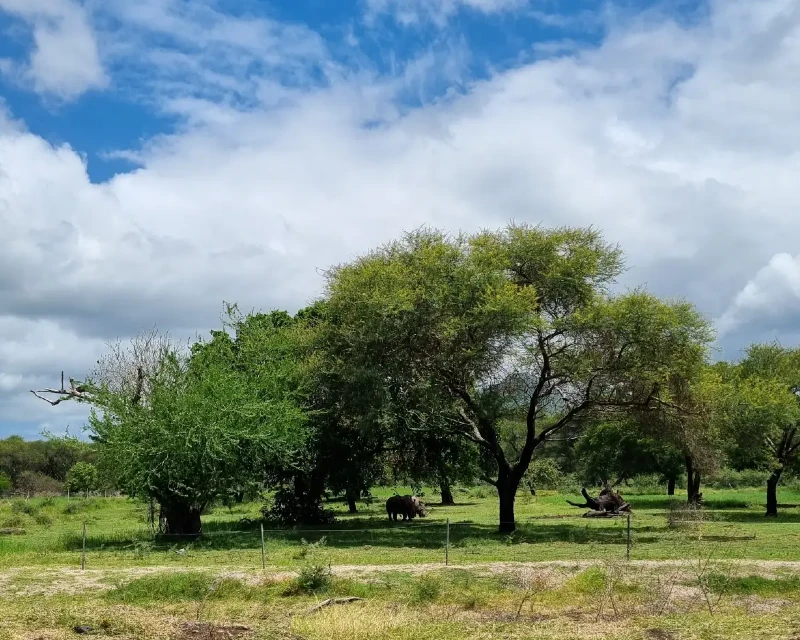
What is ecotourism, and how is it different from regular travel?
Tourism is growing. Every year, millions of people travel for leisure, business, and adventure. According to the UN World Tourism Organization (UNWTO), international tourist arrivals reached over 900 million in 2022, and the numbers continue to rise. But with the rapid growth of tourism comes a significant downside: environmental degradation, loss of local culture, and strain on communities.
One example is Maya Bay in Thailand, made famous by the movie The Beach. At its peak, this beautiful bay received over 5,000 visitors daily. As a result, over 80% of its coral reefs were destroyed due to pollution, excessive boat traffic, and careless tourist behavior. Thai authorities were forced to shut it down in 2018, only reopening it in 2022 under strict regulations to prevent further damage.
Stories like this have made travellers more aware of their impact on the places they visit. This shift in consciousness has led to the rise of ecotourism. But what exactly does that mean?
RELATED:Travel styles to try in 2025
What makes ecotourism different?
Ecotourism is a mindset and a commitment to travelling responsibly. While traditional tourism often prioritizes convenience, luxury, and mass appeal, ecotourism focuses on minimizing environmental impact, supporting local communities and encouraging conservation.
Unlike regular travel, where sustainability might be an afterthought, ecotourism places it at the center of every decision.
How to be an eco-conscious traveller
Becoming an ecotourist doesn’t mean sacrificing fun or comfort. It’s about making more intentional choices that benefit both the planet and the people in the destinations you visit. Here’s how:
1. Travel responsibly
- Opt for direct flights when possible (fewer stopovers mean less fuel burned).
- Choose airlines with strong sustainability policies.
- Use trains, buses, or carpooling instead of renting a car.
- Walk, bike, or use public transport when exploring your destination.
2. Stay in sustainable accommodations
- Book eco-lodges, green hotels, or homestays that use renewable energy and minimize waste.
- Look for places with certifications like Green Key, EarthCheck, or LEED.
- Choose accommodations that invest in conservation or community projects.
- Say no to daily towel and sheet changes to save water.
3. Reduce waste and plastic use
- Bring a reusable water bottle, utensils, cloth bag, and straw.
- Say no to single-use plastics at restaurants, markets, and hotels.
- Pack eco-friendly toiletries like solid shampoo bars and reef-safe sunscreen.
- Dispose of waste properly and recycle whenever possible.
4. Support local communities
- Eat at locally owned restaurants instead of global chains.
- Buy handmade souvenirs rather than mass-produced, imported items.
- Respect local customs and traditions
5. Choose ethical wildlife experiences
- Avoid animal tourism that exploits wildlife, like elephant rides or dolphin shows.
- Keep a respectful distance from animals; no feeding, touching, or disturbing them.
- Visit national parks and reserves that use entry fees for conservation.
- Book tours with certified eco-friendly operators that focus on sustainability.
At first, making eco-conscious choices might seem overwhelming. But the goal isn’t perfection, it’s about making small, thoughtful changes that collectively have a positive impact.
So, next time you plan a trip, ask yourself: How can I travel in a way that leaves the place better than I found it? That simple shift in thinking is what makes all the difference.









Leave a Reply